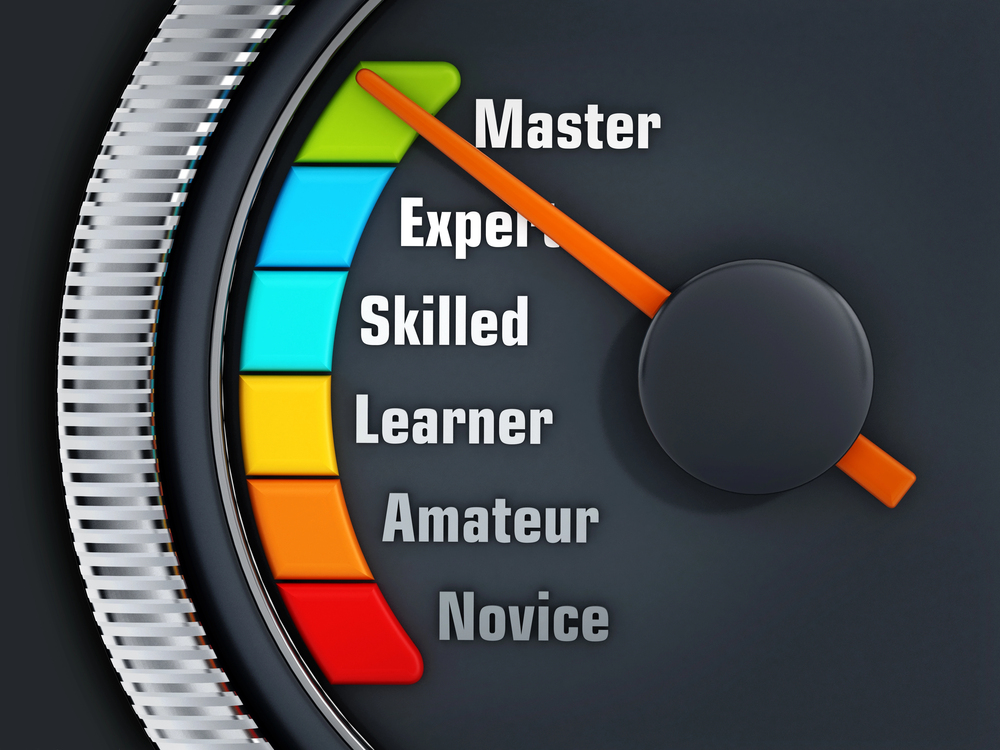Mastery refers to the process of acquiring and refining skills and knowledge in a particular domain, leading to a sense of competence and confidence. In the context of behavior change, mastery plays a pivotal role in enabling individuals to adopt and maintain new habits and practices. Understanding how mastery influences behavior change can provide valuable insights for practitioners and individuals alike.
The Role of Mastery in Behavior Change
- Definition of Mastery: Mastery is not just about achieving a high level of skill; it is also about the ongoing journey of learning and self-improvement. It involves setting goals, practicing, receiving feedback, and progressively enhancing one’s abilities.[1]
- Sense of Competence: Impact on Motivation: Achieving mastery fosters a sense of competence, which is a key driver of intrinsic motivation.[2] When individuals feel capable of performing a behavior, they are more likely to engage in and persist with that behavior.
Example: For instance, a person who learns and masters cooking healthy meals may feel more motivated to continue preparing nutritious food rather than relying on takeout or processed options.
- Self-Efficacy: Definition: Self-efficacy is the belief in one’s ability to succeed in specific situations or accomplish a task.[3]
Relation to Mastery: Mastery experiences directly influence self-efficacy. As individuals practice and improve their skills, their confidence in their ability to change their behaviors increases, leading to a greater likelihood of successful behavior change.[4] - Resilience in the Face of Challenges: Mastery equips individuals with the skills and strategies needed to navigate obstacles and setbacks during the behavior change process.[5] Those who have developed mastery in specific areas are better prepared to handle challenges without losing motivation.
Scientific Insights
- The Role of Mastery in Goal Setting[6]
- Goal Theory: Research in goal-setting theory emphasizes the importance of setting specific, challenging goals that align with personal values and interests.
- Impact on Mastery: When individuals set and achieve these goals, they gain mastery, which reinforces their commitment to ongoing behavior change.
- Social Learning Theory
- Overview: Albert Bandura’s social learning theory posits that people learn by observing others and modeling their behaviors.[7]
Relation to Mastery: Observing others achieve mastery can inspire individuals to pursue their own behavior changes. This vicarious learning fosters motivation and reinforces the belief that change is achievable.
- Overview: Albert Bandura’s social learning theory posits that people learn by observing others and modeling their behaviors.[7]
- Flow State and Mastery
- Concept of Flow: Flow is a psychological state characterized by complete immersion and engagement in an activity. It often occurs when individuals are mastering a skill.[8]
- Impact on Behavior Change: Experiencing flow can enhance motivation and satisfaction, making it more likely that individuals will continue their efforts in behavior change.
Strategies to Cultivate Mastery in Behavior Change
- Set Incremental Goals: Breaking down larger goals into smaller, achievable steps allows individuals to experience success along the way. Each small victory builds confidence and reinforces the path toward mastery.
- Encourage Deliberate Practice: Deliberate practice involves focused, intentional efforts to improve specific skills. Providing opportunities for practice and feedback enhances the learning process and fosters mastery.
- Utilize Feedback: Constructive feedback is crucial for mastery. Encouraging individuals to seek and accept feedback helps them identify areas for improvement and reinforces their learning process.
- Create a Supportive Environment: A supportive environment that celebrates progress and encourages learning fosters mastery. Peer support, mentorship, and positive reinforcement can enhance motivation and commitment to behavior change.
Thought-Provoking Questions
- What skills do you wish to master that could facilitate your behavior change journey?
- Reflect on a time when you achieved mastery in a particular area. How did that experience shape your confidence and motivation?
- What incremental steps can you set for yourself to build mastery in the behaviors you want to change?
- How can you create opportunities for practice and feedback in your pursuit of behavior change?
Conclusion
Mastery is a crucial factor in the process of behavior change, as it fosters a sense of competence, enhances self-efficacy, and builds resilience. By cultivating mastery through incremental goal setting, deliberate practice, and a supportive environment, individuals can empower themselves to achieve sustainable behavior change. Recognizing the role of mastery not only enriches the journey of personal transformation but also enhances overall well-being and fulfillment. By prioritizing mastery in behavior change efforts, individuals can create a pathway to lasting success and personal growth.
[1] Greene, Robert. Mastery. Penguin, 2013.
[2] Wagner, Francis R., and John J. Morse. “A measure of individual sense of competence.” Psychological Reports 36.2 (1975): 451-459.
[3] Maddux, James E. “Self-efficacy.” Interpersonal and intrapersonal expectancies. Routledge, 2016. 41-46.
[4] Brannick, Michael T., Donald E. Miles, and Jennifer L. Kisamore. “Calibration between student mastery and self‐efficacy.” Studies in Higher Education 30.4 (2005): 473-483.
[5] Wu, Gang, et al. “Understanding resilience.” Frontiers in behavioral neuroscience 7 (2013): 10.
[6] Yeung, Alexander S., Rhonda G. Craven, and Gurvinder Kaur. “Mastery goal, value and self-concept: what do they predict?.” Educational Research 54.4 (2012): 469-482.
[7] Akers, Ronald L., and Wesley G. Jennings. “Social learning theory.” The handbook of criminological theory (2015): 230-240.
[8] Harris, David J., Samuel J. Vine, and Mark R. Wilson. “Neurocognitive mechanisms of the flow state.” Progress in brain research 234 (2017): 221-243.

